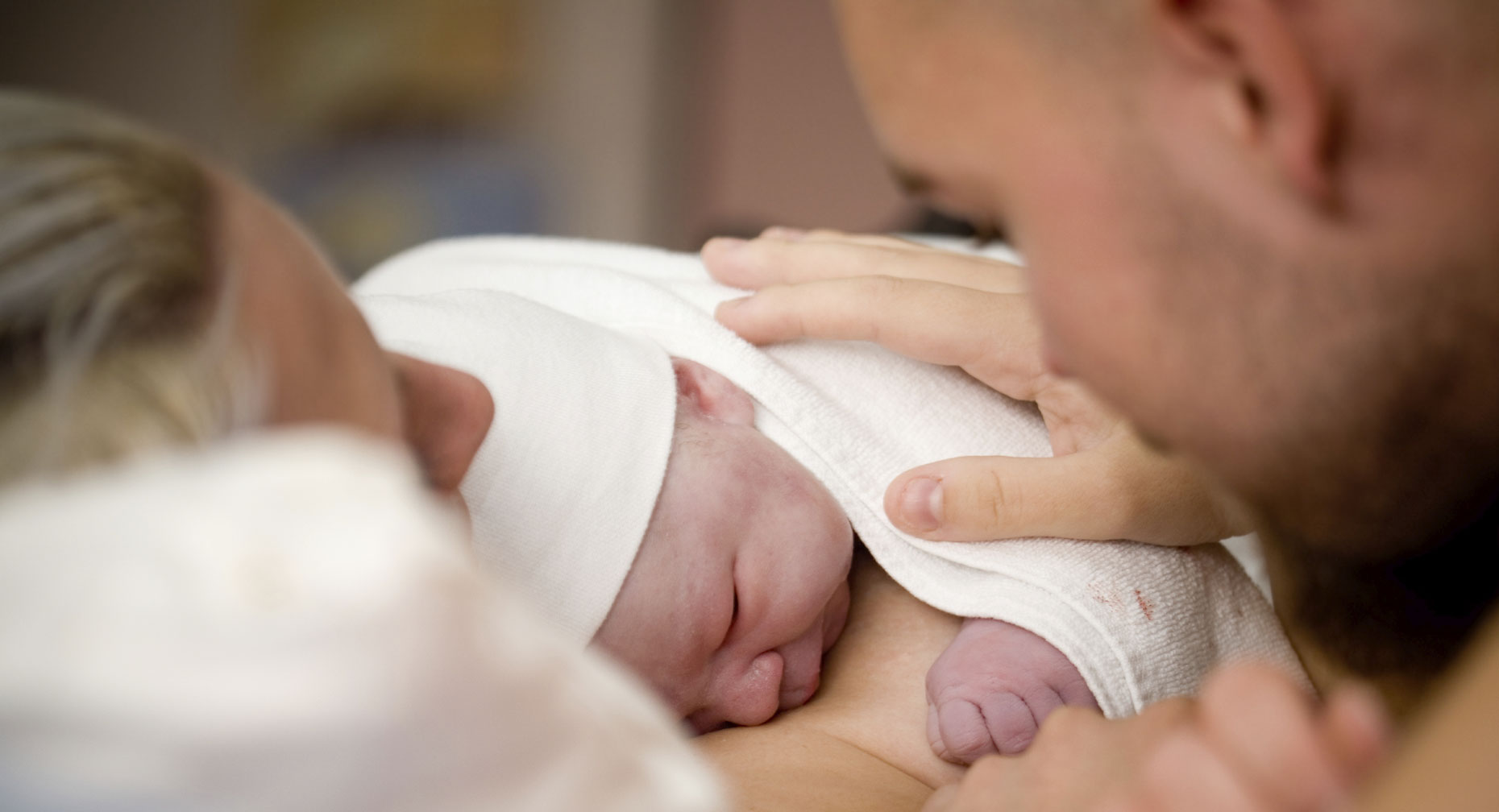The Who-Where-How: Making Choices for Your Baby’s Birth

Find Your Perfect Match
Answer a few questions and we'll provide you with a list of primary care providers that best fit your needs.
Learn everything you can about labor and delivery, so you’re ready to make these important choices that are right for you, your partner and your baby.
Who should deliver your baby?
- OB-GYN: More than 90 percent of women choose an obstetrician-gynecologist, a physician trained in women’s reproductive and general health.
- Family Physician: A family physician is trained in primary care, maternal care, and pediatric care.
- Certified Nurse-Midwife (CNM): This medical professional has completed graduate-level programs in midwifery and is licensed and certified by the American College of Nurse-Midwives. CNMs are trained to care for women with low-risk pregnancies. Most work in hospital settings, but others are at birthing centers or perform home births.
More than 90 percent of women choose an obstetrician-gynecologist, a physician trained in women’s reproductive and general health.
Where should you labor and deliver?
- Hospital Birth: Most babies born in the United States are delivered in a hospital setting. Hospitals have labor and delivery suites and operating rooms for cesarean sections (C-sections). Moms have many choices, including a totally natural childbirth. Hospitals offer the security of knowing you can have a safe vaginal birth even if mother or baby has complications.
- Birth Centers: These free-standing centers advocate natural childbirth for women at low risk of complications who are delivering at term. Medical care is administered by midwives or nurse midwives. There’s no obstetrician or anesthesiologist on site; C-sections can’t be performed. One innovative approach gives you the best of both worlds: a birth center within a hospital, pioneered in Ohio at Miami Valley Hospital’s Family Beginnings. Women reap the advantages of a natural childbirth, but in the unlikely event it becomes necessary for the mother or baby, there is prompt access to emergency care.
- Home Birth: Having a baby at home can be very rewarding, but there’s some controversy about whether it’s entirely safe for mothers and babies. Because emergency care isn’t immediately available, home birth is not recommended for pregnancies with any risk factors. Families who choose home birth should have a clear back-up plan for any complications that may occur.
How will you give birth?
Most deliveries are vaginal births. “We like to attempt for a vaginal birth because the recovery is so much quicker and the mom is so much more able to care for herself and the baby,” says Judith Burichin, MD, Obstetrician/Gynecologist, Center for Women’s Health and Wellness in Mason, Ohio.
Dr. Burichin talks about the advantages of vaginal birth.
Click play to watch the video or read video transcript.
But some circumstances require a C-section, the surgical delivery of a baby by making incisions in the mother's abdominal wall and uterus.
Beyond whether or not your delivery is vaginal or a C-section, you and your partner should create a birth plan, a written set of instructions about your baby's birth, before your delivery date.
A birth plan may include subjects such as:
- Delivery preferences
- Pain relief during labor
- Who should be present
- Delivery positions
- Having the partner cut the umbilical cord
Be sure to discuss your preferences with your practitioner, families and other support people. It’s best for everyone to know ahead of time how you want your labor and birth to be.
Find Your Perfect Match
Answer a few questions and we'll provide you with a list of primary care providers that best fit your needs.
Source: Healthline; What to Expect; March of Dimes; Judith Burichin, MD, Center for Women's Health and Wellness


